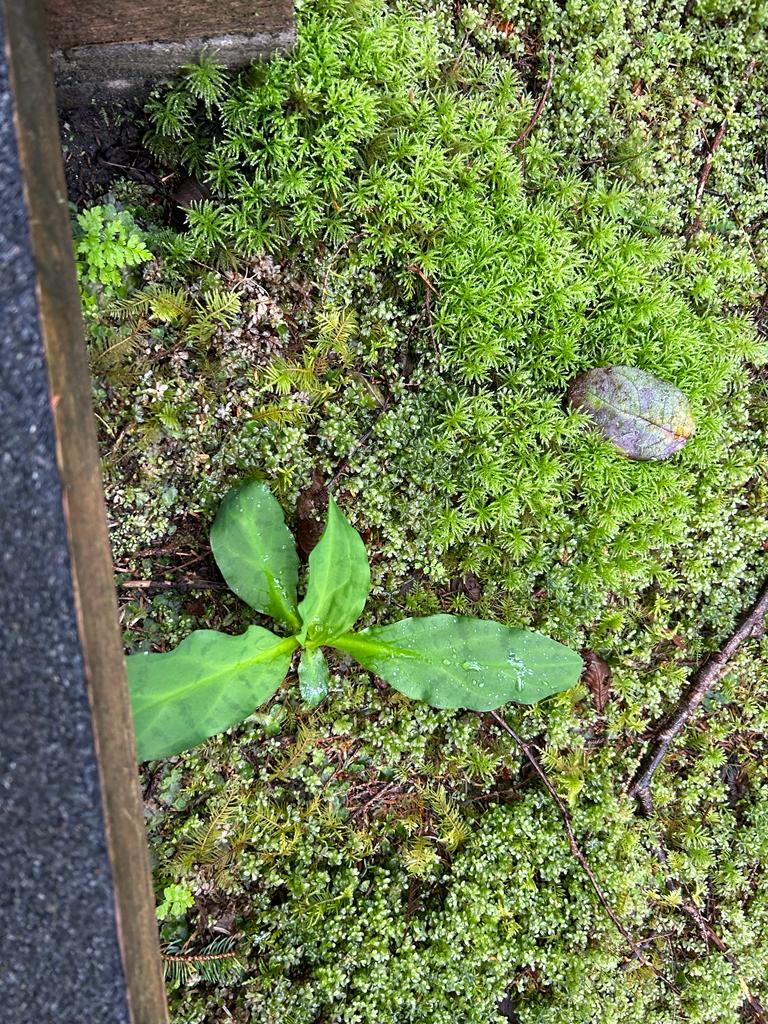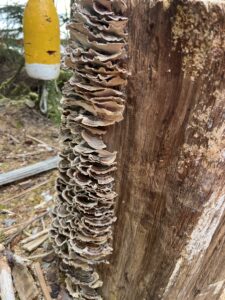the adventures and challenges i faced during my field data connection activities in Haida Gwaii.
sampling design and replicates – for my field data collection, i used systematic sampling approach to investigate the distribution patterns of several plant species across various elevational gradients. i used five replicated in each elevation level to achieve a solid representation of biological variety within the designated zones. while the method was effective, a few problems arose
- Variable topography: Navigating and accessing some regions was difficult due to Haida Gwaii’s varied topography, which ranged from lush lowlands to rocky alpine meadows. To provide extensive coverage, the sampling strategy needed to be adaptable.
- Weather Fluctuations: True to the seaside climate, the weather fluctuated in unexpected ways. unexpected rain showers and temperature fluctuations which made harder and led to make changes in the plans to go and visit the places for sampling and collection of data.
Hypothesis Reflection and Ancillary Patterns: Several secondary patterns arose throughout the research, causing me to reconsider the main location. Notably:
- Microhabitat Influences: In addition to elevational gradients, microhabitat diversity had a significant impact on species distribution. Plant species’ abundance and diversity were influenced by their preferences for various soil types, sunshine exposure, or closeness to water sources.
- Plant Associations: Observations revealed remarkable relationships between many plant species. Some species flourish in symbiotic relationships, while others appeared to compete for resources. These unexpected dynamics provided new opportunities for research.
- Reflection on the Hypothesis: While the initial concept focused on elevational gradients, it may benefit from a broader approach that includes microhabitat impacts. The complex interaction between elevation and microhabitat factors adds to the varied distribution patterns found in Haida Gwaii.
examples – Gal Gwan, skunk cabbage, lichens.


Take a look at the ‘rule of 10’ in your reading, which supports 10 samples from each substrate or habitat type.